I have a combined data information that requires minimum 35 bits.
Using a 4-state barcode, each bar represents 2 bits, so the above mentioned information can be translated into 18 bars.
I would like to add some strong error correction to this barcode, so if it's somehow damaged, it can be corrected. One of such approach is Reed-Solomon error correction.
My goal is to add as strong error correction as possible, but on the other hand I have a size limitation on the barcode. If I understood the Reed-Solomon algorithm correctly, m∙k has to be at least the size of my message, i.e. 35 in my case.
Based on the Reed-Solomon Interactive Demo, I can go with (m, n, t, k) being (4, 15, 3, 9), which would allow me to code message up to 4∙9 = 36 bits. This would lead to code word of size 4∙15 = 60 bits, or 30 bars, but the error correction ratio t / n would be just 20.0%.
Next option is to go with (m, n, t, k) being (5, 31, 12, 7), which would allow me to code message up to 5∙7 = 35 bits. This would lead to code word of size 5∙31 = 155 bits, or 78 bars, and the error correction ratio t / n would be ~38.7%.
The first scenario requires use of barcode with 30 bars, which is nice, but 20.0% error correction is not as great as desired. The second scenario offers excellent error correction of 38.7%, but the barcode would have to have 78 bars, which is too many.
Is there some other approach or a different method, that would offer great error correction and a reasonable barcode length?
